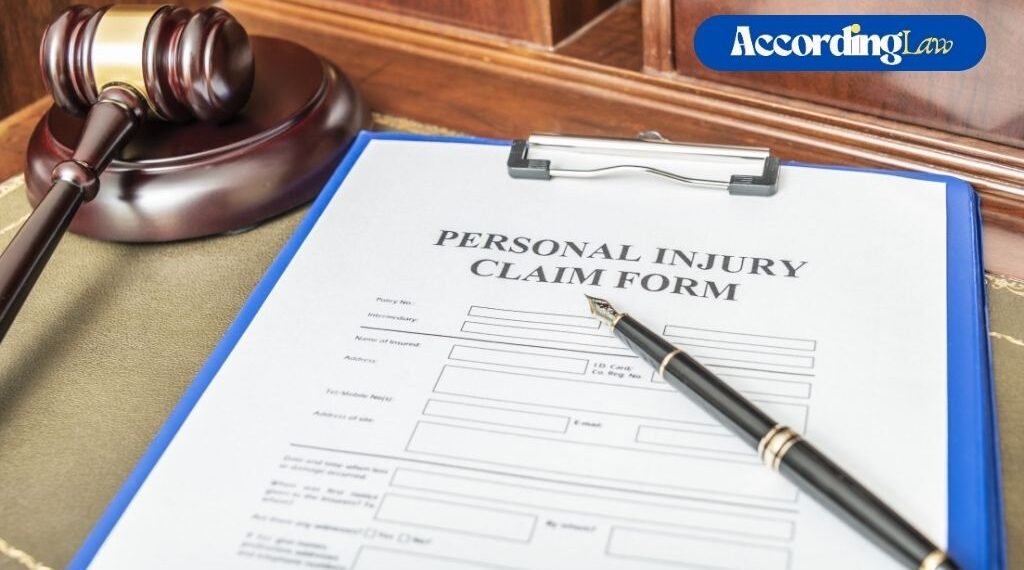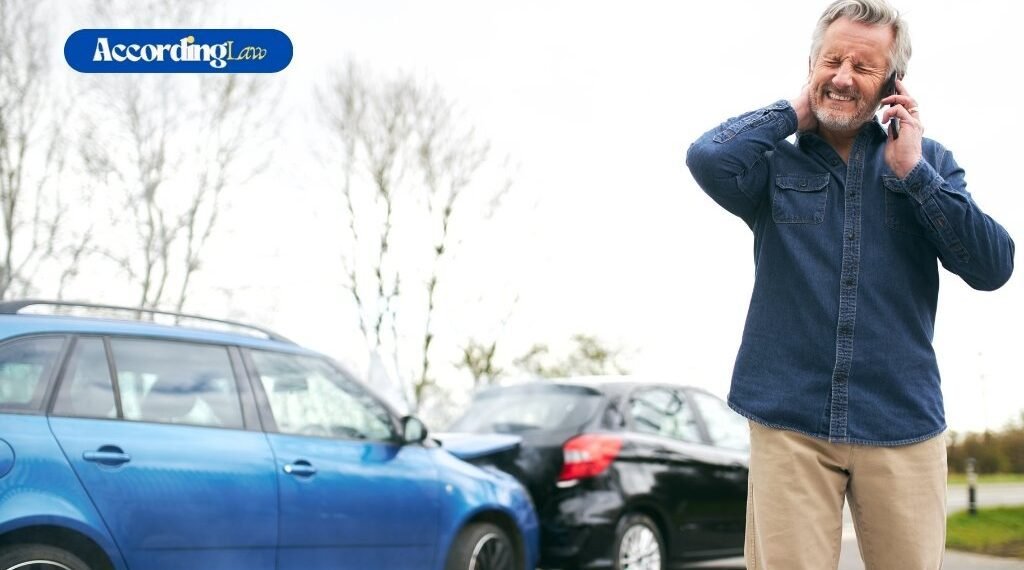When you’re injured in an accident, the last thing on your mind is probably paperwork. You’re dealing with pain, medical appointments, and the stress of recovery. But here’s the reality documentation for injury claims can make or break your case. Approximately 95% of personal injury cases are resolved through settlements before reaching trial, a trend that continues in 2024.
This means the evidence you gather early on directly influences your settlement outcome. Without proper records, even the strongest case can crumble under scrutiny from insurance companies who’ll look for any reason to minimize your compensation. Your documentation tells the story of what happened, how it affected you, and why you deserve fair compensation.
Table of Contents
Understanding Documentation Requirements in Norfolk Claims
Norfolk’s bustling port city environment creates unique challenges for injury victims. Between heavy traffic on Interstate 64, busy construction zones, and the constant flow of commercial vehicles serving the naval base, accidents happen frequently.
The city’s mix of military personnel, port workers, and residents means injury cases often involve complex documentation requirements.
When you’re dealing with Norfolk injury claims, working with a qualified norfolk personal injury lawyer becomes essential for understanding these local nuances. They know which documents Norfolk courts expect and how to present evidence effectively in this jurisdiction.
Essential Documents for Your Case
The foundation of any successful claim starts with gathering the right paperwork immediately after your accident. Police reports top the list – they provide an objective third-party account of what happened.
In Norfolk, you can request these reports from the Norfolk Police Department or the Virginia State Police, depending on where your accident occurred.
Next, collect all insurance information from the parties involved. Don’t forget to photograph insurance cards and driver’s licenses at the scene if you’re able. Property damage estimates and repair bills also play a crucial role in demonstrating the accident’s impact.
Medical Records and Treatment Documentation
Your medical records form the backbone of personal injury documentation. Start with emergency room visits, but don’t stop there. Every doctor’s appointment, physical therapy session, and prescription fills into your case narrative.
Keep detailed records of how your injuries affect daily activities. A pain journal might seem tedious, but it provides powerful evidence of your suffering. Include photos of visible injuries as they heal – these visual records often carry more weight than written descriptions alone.
Incident Reports and Official Documentation
Beyond police reports, other official documents strengthen your case significantly. For workplace injuries, OSHA reports provide valuable context. If your accident occurred on commercial property, incident reports from business owners or property managers become crucial evidence.
Don’t overlook seemingly minor paperwork like tow truck receipts or ambulance bills. These documents help establish the accident’s timeline and severity, creating a comprehensive picture of what you experienced.
Building a Strong Evidence Foundation
Strong documentation goes beyond just collecting papers – it’s about creating a compelling narrative that shows exactly how the accident changed your life. The most successful claims combine multiple types of evidence to paint a complete picture for insurance adjusters and potential juries.
This comprehensive approach to evidence in injury claims requires organization and attention to detail. Think of your documentation as building blocks that stack together to support your compensation request.
Photographic Evidence and Visual Documentation
Photos capture details that written descriptions simply can’t convey. Take pictures of the accident scene from multiple angles, including wide shots showing the overall situation and close-ups highlighting specific hazards or damage.
Document your injuries visually too. Bruises, cuts, and swelling change over time, so photograph them regularly during your recovery. Include objects for scale – a coin next to a cut helps viewers understand its size.
Don’t forget about property damage. Your damaged vehicle, torn clothing, or broken personal items all tell part of your story. These tangible reminders of the accident’s impact often resonate strongly with insurance adjusters.
Witness Statements and Testimonies
Eyewitness accounts provide crucial independent verification of your version of events. Collect contact information from anyone who saw what happened, including their full names, phone numbers, and addresses.
Ask witnesses to write down what they observed while their memory remains fresh. Even a simple handwritten note can become valuable evidence later. If someone can’t write a statement immediately, record their account on your phone with their permission.
Remember that witnesses aren’t just people who saw the accident happen. Co-workers who notice your post-injury limitations or family members who observe your pain levels can provide meaningful testimony about your damages.
Expert Opinions and Professional Reports
Sometimes your case needs professional analysis to explain complex technical issues. Accident reconstruction experts can demonstrate how a collision occurred, while medical professionals can explain your injuries’ long-term implications.
These expert opinions become particularly important for Norfolk accident claims involving serious injuries or disputed liability. A biomechanical engineer might explain how your injuries occurred, while an economist could calculate your lost earning capacity.
Don’t wait until trial to consider expert testimony. Many successful settlements include expert reports that help insurance companies understand the full scope of your damages.
Common Documentation Mistakes to Avoid
Even well-intentioned injury victims make documentation errors that can hurt their cases. Understanding these common pitfalls helps you avoid potentially costly mistakes during your recovery process.
The key is starting your documentation efforts immediately after your accident, even if you don’t feel seriously injured at first. Adrenaline and shock can mask pain and symptoms that emerge days or weeks later.
Delayed Medical Treatment Records
One of the biggest mistakes people make is waiting too long to seek medical care. Insurance companies love to argue that delayed treatment means your injuries weren’t serious or weren’t caused by the accident.
Even if you feel fine immediately after an accident, see a doctor within 24-48 hours. Some injuries, particularly soft tissue damage, don’t show symptoms right away. Having that initial medical evaluation creates a crucial baseline for your case.
Follow all your doctor’s recommendations too. Skipping physical therapy appointments or not taking prescribed medications gives insurance companies ammunition to argue you weren’t truly injured.
Incomplete Incident Documentation
Rushing through the documentation process after an accident often leads to gaps that hurt your case later. Take time to gather complete information, even if it means returning to the scene the next day.
Get contact information for all parties involved, including passengers. Note weather conditions, road conditions, and any traffic control devices. These details might seem unimportant initially but can become crucial if liability becomes disputed.
Don’t forget about surveillance cameras in the area. Many businesses and traffic intersections have cameras that might have captured your accident. Request this footage quickly – most systems automatically delete recordings after a short period.
Missing Follow-up Documentation
Your documentation responsibilities don’t end when you leave the hospital. Continue gathering evidence throughout your recovery process to show how the accident continues affecting your life.
Keep receipts for all accident-related expenses, including prescription medications, medical equipment, and transportation costs to appointments. These out-of-pocket expenses often add up to significant amounts that deserve compensation.
Document your gradual return to normal activities too. If you can’t play sports with your children or struggle with household chores, these limitations represent real damages that proper documentation can help you recover.
Moving Forward with Confidence
Proper documentation transforms your injury claim from a simple he-said-she-said dispute into a compelling case supported by concrete evidence. The time you invest in gathering and organizing these records pays dividends when it comes to securing fair compensation for your injuries.
Remember that documentation isn’t just about proving what happened – it’s about showing how the accident changed your life and why you deserve compensation for those changes. Every receipt, every photo, and every medical record contributes to that larger story.
Your recovery should be your primary focus, but don’t let that prevent you from protecting your legal rights through thorough documentation. Start gathering evidence today, because the strongest cases are built on the foundation of comprehensive, well-organized records that tell your story completely and convincingly.
Your Questions About Norfolk Injury Documentation
Q. What documents do I need immediately after a Norfolk accident?
Police reports, insurance information, photos of the scene and vehicles, witness contact details, and medical records from any immediate treatment you receive.
Q. How long should I keep my injury claim documentation?
Keep all documents for at least three years after your case settles, though medical records should be retained permanently for future reference.
Q. Can I still file a claim if I didn’t document everything initially?
Yes, but missing documentation makes your case more challenging. Start gathering available evidence immediately and work with an attorney to identify alternatives.


